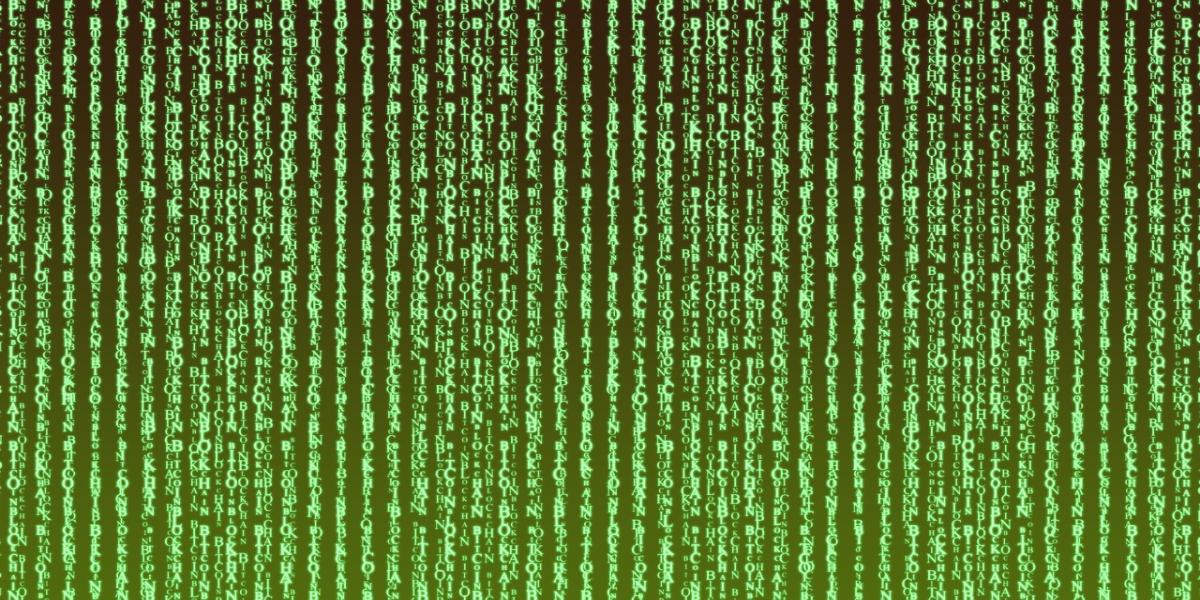Decentralized Finance (DeFi) protocols have come a long way from a few scattered vaguely known projects to multi-billion giants. These include a diverse group of protocols providing a single core functionality, experimental projects and those combining multiple core functionalities to create complex powerful platforms. In this article, we will have a look at the 5 core DeFi protocols.
Maker DAO – Stablecoin
Maker DAO provides the core DeFi functionality of stablecoin, it does so by issuing the DAI token (pegged to 1 USD) backed by a basket of crypto-assets (ETH, LINK etc.) deposited into Maker vaults. The DAI token is always overcollaterized, meaning that the Maker DAO holds assets worth more than the DAI tokens issued, it’s necessary to ensure stability and protect against volatility. It allows users to access credit in the form of DAI stablecoin without selling their assets, which can later be recovered by paying back debt and interest to the protocol.
Aave – Lending And Borrowing
Aave provides the core DeFi functionality of automatic lending and borrowing, it does so by minting a-denominated tokens for supplied assets e.g. aETH for ETH deposited. These a-denominated tokens earn interest and compound them. The interest is generated by users borrowing assets against collateral. Apart from enabling lending and borrowing with proper collaterization, Aave also provides flash loan facility, allowing users to borrow extremely high amounts of credit with little to no collateral, if they can return the amount with fees in one transaction.
Uniswap – Decentralized Exchange
Uniswap provides the core DeFi functionality of a decentralized exchange, it does so by providing users with the facility to exchange tokens in an orderbook-less automated manner. The entire process is handled by smart contract powered liquidity pools with an automatic price determination mechanism. It enables users to bypass centralized exchanges and eliminates custody / insolvency risk.
Synthetix – Derivatives
Synthetix provides the core DeFi functionality of derivatives, it does so by creating synthetic assets fixed to the price of the underlying fiat currencies, crypto-assets, commodities, index funds etc. This enables users to gain on-chain exposure to diverse tradable financial instruments. The process is powered by price oracles and incentivized smart contracts powered liquidity pools.
Curve – Decentralized Exchange
Curve also provides the core DeFi functionality of decentralized exchanges, however it focus solely on stablecoins and wrapped assets (WBTC, renBTC etc.), for whom it has the lowest slippage and fees. The users supplying assets to the pool can earn fees for providing liquidity, the funds are also supplied to lending/borrowing protocols (Aave, Yearn Finance etc.) for yield farming. It facilitates orderbook-less automated exchange through smart contract powered liquidity pools and exchange value determination algorithm.
 what is DeFi?© Cryptoticker
what is DeFi?© Cryptoticker